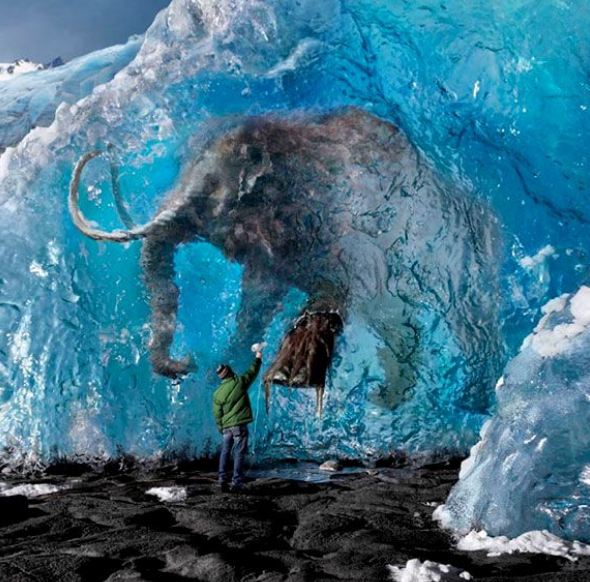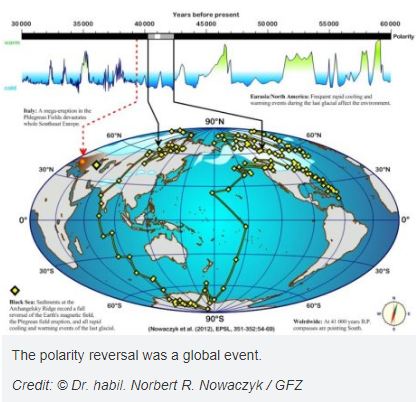QUESTION: Mr. Armstrong; I agree that something seems to be changing faster than perhaps we might have expected. Is there anything that points to how fast a pole change might actually take place? How long do such events last? Is that a permanent change?
Thank you for a most thought-provoking blog
PD
ANSWER: First of all, there are two types of pole shifts. There are the major polarity shifts which seem to be 720,000 years. Then there are what are known as excursions. The last “excursion” took place around 41,000 years ago and it was also associated with an Ice Age. This excursion was, in fact, a Global Event from all the data and these tend to be just short-term flips that are not permanent. Factoring in that data with the broader more permanent reversals warns that we are potentially in line for such an event and it may, in fact, line up with the Economic Confidence Model come 2032.
 The central question that dominates virtually every field of science has been to identify HOW something moves? Do things move in a nice progressive linear fashion, or are they a burst of chaotic energy from the unknown abyss? This debate between a sudden catastrophic event that appears almost out of nowhere without warning and the slow gradual progression portraying the linear world of uniformity, has been raging since the mid to late 1700s when they began to discover frozen mammoths in Russia. This debate becomes critical today if we expect to ascertain what the future might bring. For at its very core lies the way we not merely should expect things to happen, but how we can then deal with them from a social-economic management perspective.
The central question that dominates virtually every field of science has been to identify HOW something moves? Do things move in a nice progressive linear fashion, or are they a burst of chaotic energy from the unknown abyss? This debate between a sudden catastrophic event that appears almost out of nowhere without warning and the slow gradual progression portraying the linear world of uniformity, has been raging since the mid to late 1700s when they began to discover frozen mammoths in Russia. This debate becomes critical today if we expect to ascertain what the future might bring. For at its very core lies the way we not merely should expect things to happen, but how we can then deal with them from a social-economic management perspective.
…click on the above link to read the rest of the article…
